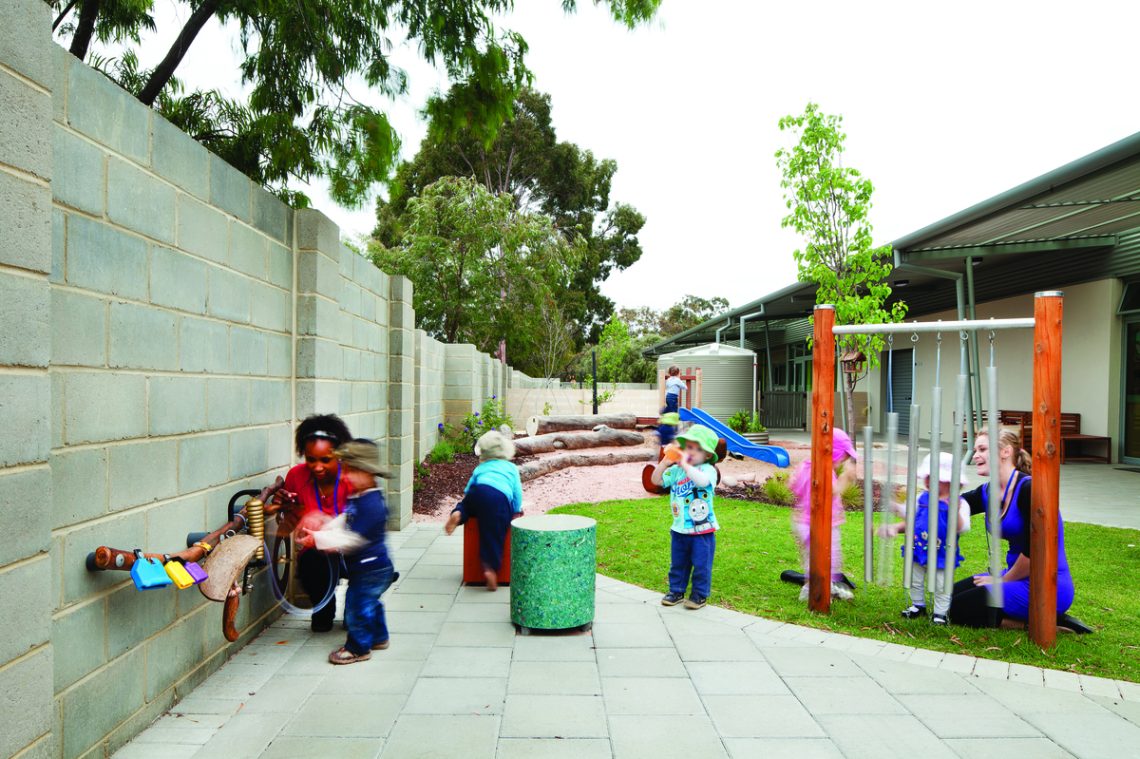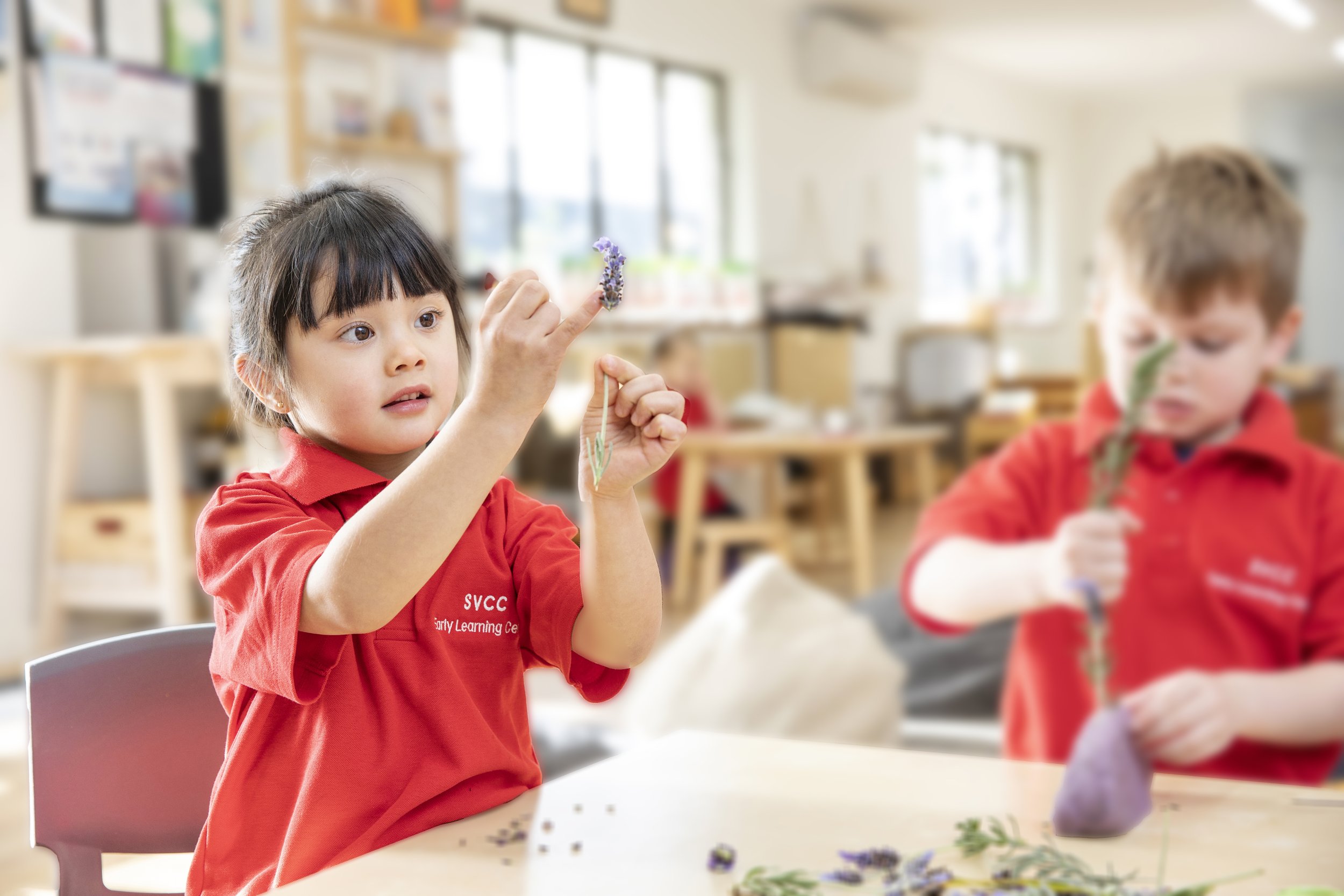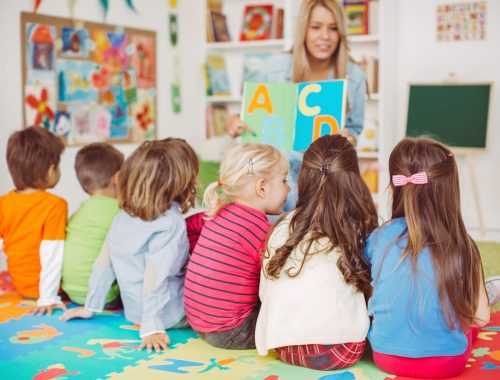
Nurturing Young Minds: Exploring the Contrasts Between Early Learning Centres in Australia and the USA
Early childhood learning plays a pivotal role in shaping the foundation of a child’s cognitive, social, and emotional development. While both Australia and the United States prioritize quality early learning experiences, there are distinctive differences between the approaches taken by early learning centres in these two countries. In this article, we’ll delve into the unique characteristics that define early learning centres in Australia and the USA.
Philosophical Foundations
In Australia, early childhood education is built upon the principles of the Early Years Learning Framework (EYLF). The EYLF emphasizes play-based learning, recognizing the significance of children’s active involvement in their own learning. It promotes a holistic approach, focusing on the interconnectedness of physical, social, emotional, and cognitive development.
The United States, on the other hand, follows diverse philosophies, with approaches such as Montessori, Reggio Emilia, and Waldorf gaining popularity. While there is no national curriculum for early childhood education, state-level guidelines and frameworks, such as the Head Start program, influence the educational philosophy adopted by different centres.
Structure and Organization
Early learning centres in Australia, such as Maroondah Kids Early Learning Centre are commonly referred to as childcare or daycare centres. They cater to children from infancy to five years old and are regulated by the National Quality Framework (NQF). The NQF sets standards for educational programs, staff-to-child ratios, and the physical environment, ensuring a consistent level of quality across centres.
In the USA, early learning centres encompass a variety of settings, including daycare centers, preschools, and Head Start programs. Each state has its own regulations governing early childhood education, leading to variations in licensing requirements, staff qualifications, and program standards. The Head Start program, a federally funded initiative, specifically targets children from low-income families.

Curriculum and Learning Approaches
The EYLF guides the curriculum in Australian early learning centres, emphasizing play-based learning as a vehicle for exploration and discovery. Educators focus on fostering children’s creativity, curiosity, and critical thinking skills. The framework also encourages collaboration between educators, children, and families to support a child’s learning journey.
The curriculum in the United States varies widely based on the philosophy embraced by each centre. For instance, Montessori centres emphasize hands-on, self-directed learning, while Reggio Emilia-inspired programs prioritize the child’s interests and collaboration. Head Start programs often include comprehensive services, addressing not only educational needs but also health and nutrition.
Teacher Qualifications and Training
Australian early childhood educators are required to have, at a minimum, a Certificate III in Early Childhood Education and Care. Higher qualifications, such as a Diploma or Bachelor’s degree, are encouraged. The emphasis is on ongoing professional development to ensure educators stay abreast of current research and best practices.
Teacher qualifications in the USA vary based on state regulations and the type of program. Generally, preschool teachers are expected to have at least an Associate’s degree in early childhood education, while some states require a Bachelor’s degree. Head Start programs often set higher standards, necessitating a Bachelor’s degree and relevant experience.
Inclusion and Diversity
In Australia, inclusive practices are integral to early childhood education. Early learning centres are encouraged to create environments that celebrate diversity and support children with additional needs. The Inclusion Support Program provides resources and assistance to ensure that all children, regardless of ability, can fully participate in the learning experience.
Inclusion practices in the USA vary, with some centres placing a strong emphasis on creating inclusive environments, while others may face challenges in accommodating diverse needs. Federal laws, such as the Individuals with Disabilities Education Act (IDEA), guide the provision of services for children with disabilities in early childhood settings.
While both Australia and the United States recognize the critical importance of early childhood education, the distinct approaches taken by their early learning centres reflect diverse philosophies, regulatory frameworks, and cultural nuances. Whether it’s the play-based learning philosophy embedded in the Australian Early Years Learning Framework or the varied educational philosophies shaping programs in the United States, the ultimate goal remains the same: to provide a nurturing and enriching environment that fosters the holistic development of young minds.
Understanding these differences can be invaluable for parents, educators, and policymakers seeking to enhance the quality of early childhood education. By appreciating the unique strengths and challenges within each system, we can collectively work towards creating environments that empower every child to thrive and reach their full potential, regardless of geographical location.
You May Also Like

Let’s Talk About Summer Camps!
2022-06-30
Basic Points to Consider When Choosing a Kindergarten for Your Children
2021-07-13

